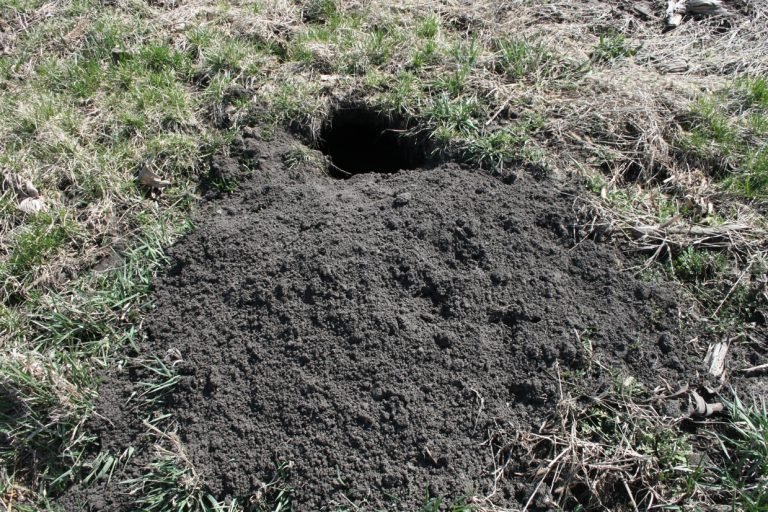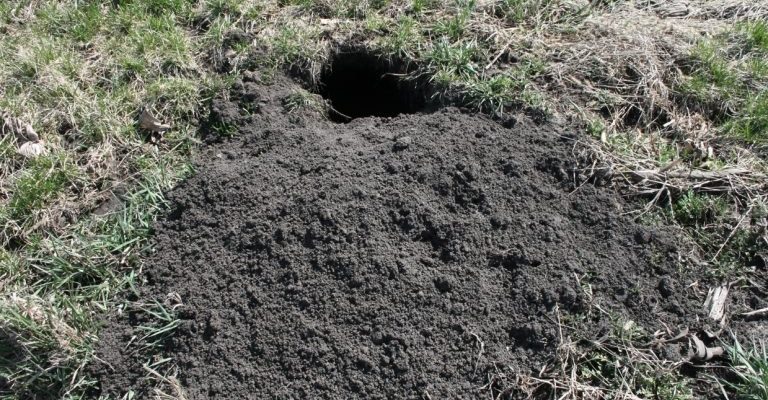
You might be wondering why these underground communities matter. Well, they play crucial roles in ecosystems, from soil aeration to pest control. Understanding these burrows and egg sites can offer us insights into wildlife behavior, ecology, and even some new ways to appreciate the complexity of life all around us. So, let’s dive into the intricacies of wild rodent burrows and explore the curious world of wolf worm egg sites.
What Are Wild Rodent Burrows?
Wild rodent burrows are essentially homes for small mammals like mice, voles, and rabbits. These burrows can range from simple, shallow digs to elaborate networks with multiple chambers and tunnels. Imagine a cozy apartment complex, each unit carefully crafted for comfort and protection. Rodents dig these burrows for several reasons, including safety from predators, shelter from the elements, and a place to store food.
The structure of a rodent burrow is fascinating. Most burrows have entrances that blend into the environment, often hidden under grass or leaves. Inside, they can have separate areas for nesting, sleeping, and even bathrooms. This not only keeps their living space tidy but also helps them avoid attracting unwanted attention.
Burrows can also be quite extensive. Some species dig deep, with tunnels reaching several feet underground. This depth provides extra protection against extreme weather, like harsh winters or hot summers. Plus, these underground networks can connect to other burrows, allowing rodents to move between homes safely.
The Importance of Wild Rodent Burrows in Ecosystems
You might be surprised at just how significant these tiny tunnels are! Wild rodent burrows play a crucial role in maintaining the health of ecosystems. Firstly, they help aerate the soil. When rodents dig, they’re not just creating a comfortable home; they’re also allowing air and water to penetrate deeper into the ground. This aeration promotes healthier plant growth, which in turn supports a whole range of other wildlife.
Additionally, the presence of rodent burrows can aid in seed dispersal. As rodents collect seeds to stash away for later, they often forget where they’ve buried them. This leads to new plants sprouting in unexpected places, contributing to plant diversity in the area.
Moreover, rodents serve as a food source for larger predators, like hawks and foxes. By supporting these animals, burrows indirectly help maintain the balance of the food chain, which is vital for a healthy environment. So, the next time you see a burrow, remember it’s not just a home for a tiny creature—it’s a pivotal part of a larger system.
Common Types of Rodent Burrows
Different rodents have unique burrowing styles. Here are a few common types you might encounter:
- Field Mice: These often dig shallow burrows that have numerous entrances, making it easy for them to escape from predators.
- Prairie Dogs: Known for their complex colonies, prairie dog burrows can go deep underground and connect to a larger community, almost like a little metropolis.
- Bunnies: Rabbit burrows are typically intricate, with multiple chambers for nesting and storage, similar to a cozy home with different rooms for different needs.
Each type of burrow serves specific functions suited to the rodent’s lifestyle and environment. Understanding these differences can help us appreciate the adaptations of these small but mighty creatures.
Wolf Worms: An Introduction
Now, let’s shift gears and talk about something a bit more unusual—wolf worms. These fascinating creatures, also known as *Dermatobia hominis*, are not your typical worms. Instead, they’re the larvae of the botfly, with distinct life cycles and behaviors. These larvae are known for their unique habitat choices, specifically preferring areas associated with wild rodent burrows.
Wolf worms have a lifecycle that is quite dramatic. They begin as eggs laid on the fur of a host animal or in the soil near burrows. Imagine tiny eggs, waiting patiently for the right moment to hatch and find a cozy spot to grow. Once the eggs hatch, the larvae burrow into the skin of their host—the wild rodent—where they develop.
This relationship is often a parasitic one. The larvae benefit from the nutrients and warmth of their host while the host can suffer from discomfort or infection. It’s a wild example of how life can be both cooperative and competitive in the animal kingdom.
Wolf Worm Egg Sites: The Connection to Rodent Burrows
Wolf worm egg sites are fascinating because they often overlap with rodent burrows. As mentioned earlier, these larvae thrive in environments where wild rodents are present. The presence of burrows creates ideal conditions for the eggs to hatch and the larvae to find their host.
You might be wondering why these sites are important to study. Understanding where wolf worms lay their eggs can provide insights into their behavior and ecology. Since these eggs are often placed in close proximity to rodent burrows, researchers can learn about the interaction between these two species. This interaction can reveal larger patterns in the ecosystem, especially in terms of predator-prey relationships.
Additionally, the locations of these egg sites can indicate broader environmental health. If there’s a spike in wolf worm populations, it might reflect changes in the rodent population or habitat conditions. Studying these connections can help wildlife biologists assess the health and stability of local ecosystems.
The Impact of Wolf Worms on Rodent Populations
Wolf worms can have varying impacts on their rodent hosts. While some rodents may suffer from infections, others may adapt and continue to thrive. It’s a complicated relationship that adds depth to our understanding of wildlife interactions.
In some cases, high wolf worm populations can lead to a decline in certain rodent species. This, in turn, can affect the ecosystem, since rodents play crucial roles in seed dispersion, soil aeration, and serving as prey for other animals. However, nature has a way of balancing itself out. As rodent populations fluctuate, so too will the wolf worms, leading to an ongoing cycle of survival and adaptation.
Conservation and Protecting Rodent Habitats
Understanding the relationship between wild rodent burrows and wolf worm egg sites highlights important conservation efforts. Since rodent habitats are crucial for various species, protecting these environments is vital for maintaining healthy ecosystems.
Habitat destruction, climate change, and urbanization pose significant threats to rodent populations and their burrows. By preserving natural areas and creating wildlife corridors, we can help ensure that these small mammals continue to thrive. Responsible land management practices, such as minimizing pesticide use, can also protect both rodents and their associated wildlife, like wolf worms.
Getting involved in conservation efforts, whether through local wildlife organizations or community initiatives, can make a difference in protecting these crucial habitats. Everyone has a role to play when it comes to caring for our wildlife and the ecosystems they depend on.
So, next time you walk through a field or forest, consider the lively world below ground. Wild rodent burrows and wolf worm egg sites are more than just nature’s hidden features—they’re essential components of our ecosystems. Through understanding these interactions, we not only appreciate the complexity of life underfoot but also highlight the need for conservation efforts to protect these fascinating creatures and their habitats.
By being mindful of how we interact with our natural environment, we can contribute to a world where both rodents and their unique counterparts, like wolf worms, thrive. It’s a reminder of the interconnectedness of all living things and our responsibility to safeguard the delicate balance of nature.

